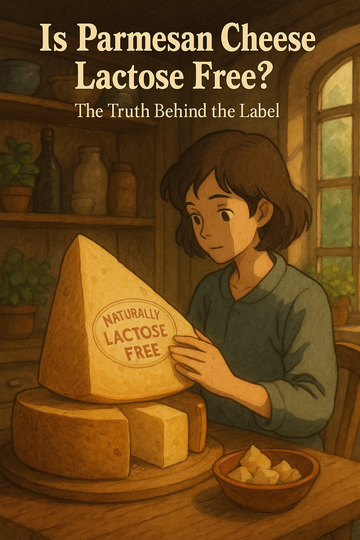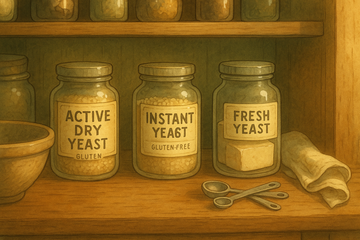A Guide to White Vinegar Types: Know the Difference, Use Them Right
White vinegar might seem straightforward, but not all clear vinegars are created equal. From bold and acidic to delicate and floral, different types of white vinegar serve very different purposes in the kitchen—and even in your cleaning routine.
Here’s a quick, no-nonsense guide to the most common types of white vinegar and when to use each.
1. Distilled White Vinegar
-
Made from: Fermented grain alcohol (ethanol)
-
Acidity: Typically 5%–7%
-
Flavor: Sharp, intense, and clean
This is your go-to vinegar for pickling, household cleaning, preserving, and basic cooking. It’s strong, neutral, and inexpensive. Not ideal for delicate salad dressings, but unbeatable for deglazing pans or scrubbing your coffee maker.
Best for: Cleaning, pickling, boiling eggs, marinades.
2. White Wine Vinegar
-
Made from: Fermented white wine
-
Acidity: 5%–6%
-
Flavor: Milder, with a hint of fruitiness
This vinegar is excellent in vinaigrettes, white sauces, and lighter dishes where you want acidity without harshness. It’s a favorite in Mediterranean cooking.
Best for: Salad dressings, deglazing, pan sauces, poached chicken or fish.
3. Champagne Vinegar
-
Made from: Fermented Champagne or sparkling wine
-
Acidity: Around 6%
-
Flavor: Delicate, floral, lightly tangy
A premium white vinegar that elevates simple dishes with a subtle complexity. It’s less acidic than most, making it ideal for delicate greens, fruity salads, or even finishing soups.
Best for: Fruit-based salads, shallot dressings, light seafood, gourmet vinaigrettes.
4. Rice Vinegar (Unseasoned)
-
Made from: Fermented rice or rice wine
-
Acidity: Lower (4%–5%)
-
Flavor: Mild, slightly sweet
A staple in Japanese, Korean, and Chinese cooking. Don’t confuse this with seasoned rice vinegar (which has added sugar and salt). This unseasoned version is versatile and mild.
Best for: Sushi rice, dipping sauces, quick pickles, slaws.
Final Thoughts
Knowing your white vinegar types helps you cook smarter and season better. Whether you’re making a bright vinaigrette, cleaning your coffee machine, or enhancing Asian dishes, the right vinegar makes a noticeable difference.
Keep more than one in your pantry—you’ll reach for each of them often.


















